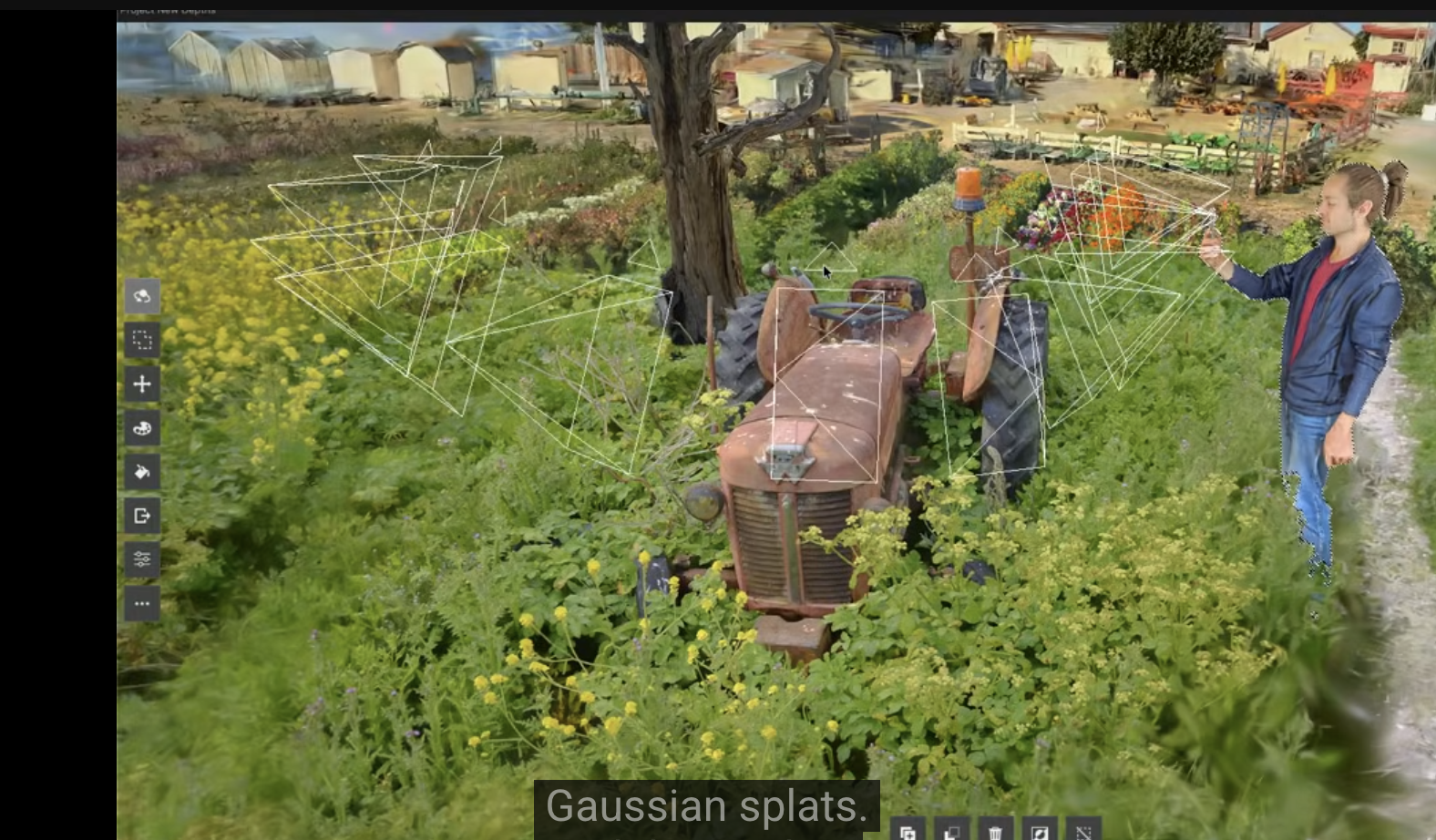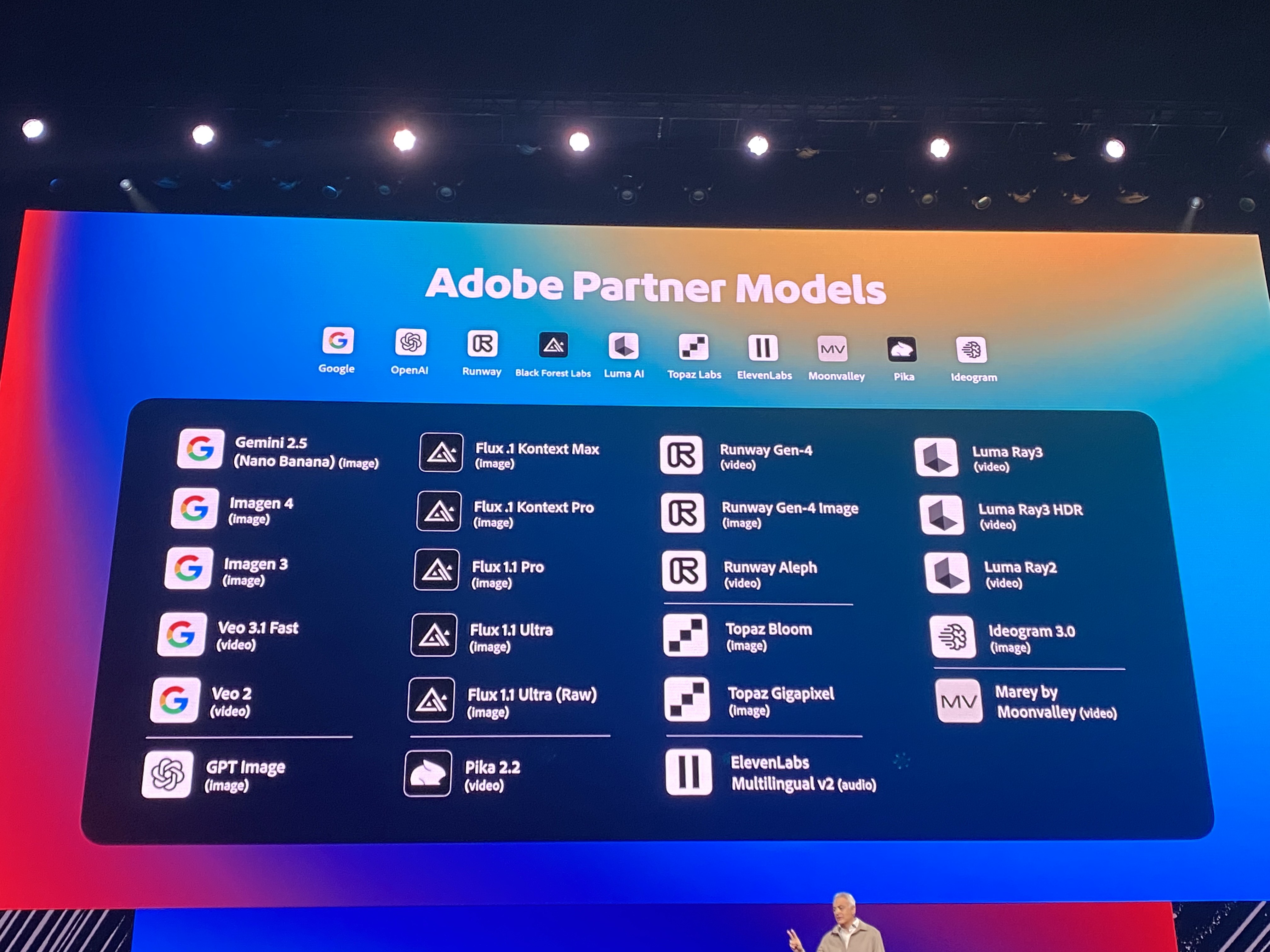This Chinese robot does cartwheels for less than the price of a Honda Civic.
Remember when robots were either million-dollar lab experiments or those creepy Boston Dynamics videos that made you question humanity's future? Well, Unitree Robotics just drop-kicked that entire premise with their new R1 humanoid robot.
Last Friday, the Chinese company announced the R1 for $5,900. That's not a typo. While Tesla's Optimus is projected to cost "under $20,000" someday (and that's only if they make a million of them), and Figure AI's robots run around $50,000, Unitree just said "hold my bubble tea" and delivered a fully functional humanoid for the price of a used car.
The R1 weighs just 55 pounds and stands 4 feet tall—basically a very athletic 10-year-old. But here's where it gets wild: The news sent shockwaves through the tech community, not just because of the price, but because of what the R1 can do. This thing has 26 joints and can do cartwheels, handstands, and even boxing combinations. Viral videos showcased the robot performing cartwheels, handstands, boxing combinations, and a complex gymnastic move known as a "kip-up," where it transitions from lying flat on its back to a standing position without using its hands
Here's what $5,900 gets you (in brief):
- Voice and image recognition powered by onboard AI.
- 26 degrees of freedom for fluid movement.
- Binocular camera, 4-microphone array, and speakers.
- One hour of battery life.
- An 8-core CPU/GPU setup (likely Nvidia partnership).
To put this in perspective, Unitree's own previous models cost way more—their G1 starts at $16,000 and their industrial H1 costs $90,000. Meanwhile, most advanced humanoids are priced like luxury cars. According to Morgan Stanley, the most sophisticated humanoid robots in 2024 cost around $200,000.
The timing is interesting too. Unitree just filed for an IPO and this launch could be their way of showing they're serious about consumer markets, not just industrial applications.
Cheaper robots could also mean a key accessibility inflection point. For years, the world of advanced humanoid robotics has been an exclusive club. Dominated by multi-million-dollar research projects and a handful of high-profile companies like Boston Dynamics, the dream of a functional, accessible humanoid robot has always felt perpetually "five years away." The price tags alone—often exceeding $100,000—kept them confined to university labs and the R&D departments of tech giants.
Then, on July 25th at Shanghai's World AI Conference, Unitree took a sledgehammer to that entire paradigm. They unveiled the R1, or “Intelligent Companion,” a 4-foot-tall, 55-pound humanoid robot with a starting price of $5,900. When you can buy a humanoid robot for less than a year of gym memberships, suddenly developers, educators, and small companies can afford to experiment.
That said, the R1 is more like a very advanced demo platform than your future housekeeper. No functional hands means it's not folding your laundry anytime soon. But as a movement-first platform for developers? It could accelerate robotics development in ways we haven't seen before.
Chinese companies are clearly betting big on robotics supremacy, and this aggressive pricing strategy puts serious pressure on Western competitors. If Unitree can deliver a capable humanoid at this price point, it forces everyone else to rethink their business models.
A New Benchmark for Price and Performance
To fully grasp the significance of the R1's price, it’s essential to look at the competitive landscape. Tesla’s highly anticipated Optimus robot, according to Elon Musk, might one day cost "under $20,000," a goal contingent on mass production. Figure AI, which recently partnered with OpenAI and BMW, produces robots estimated to cost around $50,000. The gold standard, Boston Dynamics' Atlas, carries a price tag well over $100,000. Even Unitree's own previous models are in a different league: the G1 starts at $16,000, while their industrial H1 model costs a hefty $90,000.
A 2024 Morgan Stanley report estimated that the most sophisticated humanoid robots cost around $200,000. The Unitree R1 is more than 30 times cheaper. For the cost of one high-end research robot, an institution could now purchase an entire fleet of R1s.
This aggressive pricing strategy transforms the humanoid robot from a niche research tool into a potential platform technology, accessible to a vastly wider audience of developers, small businesses, and educational institutions. It's a classic commoditization play, aiming to win the market by making the technology ubiquitous.
Under the Hood: The Tech Behind the Acrobatics
So, what does $5,900 actually buy you? The R1 is a marvel of cost-effective engineering. Its agility comes from 26 high-performance joints, broken down as six per leg, five per arm, two for the waist, and two for the head, giving it the extensive "degrees of freedom" necessary for fluid, human-like motion.
The robot's "brain" consists of an 8-core CPU and GPU combination (Unitree’s past partners include Nvidia), powerful enough to run the complex AI models required for real-time balance, navigation, and object recognition. Its perception system includes a binocular RGB-D (depth) camera, a four-microphone array, and stereo speakers, enabling multimodal AI that can process both visual and auditory commands. This vision and speech pipeline feeds into a local large-language model for conversational control. For connectivity, it supports Wi-Fi 6 and Bluetooth 5.2, allowing for fast data transfer and remote operation.
However, the low price point comes with necessary trade-offs. The most significant limitation is the R1’s lack of functional hands. Its arms end in fixed “boxing-glove” fists, with no articulated fingers—yet. This means it can't fold laundry, assemble products, or even open a door.
The second major constraint is its battery life, which offers approximately one hour of runtime from a hot-swappable battery pack. While the battery is removable, Unitree recommends carrying spares for longer sessions, which limits its potential for long-duration, autonomous tasks without intervention.
Who Is This For? The Developer, Not the Consumer
Unitree has been clear that the R1 is not your future robot butler. Public reaction has been a mix of awe at the price and skepticism about its utility, neatly summarized by a Reddit comment: "Can you make me breakfast" "No but check this out" *does a flip*
The R1 is a development platform. Its primary audience is the global community of software developers, researchers, and engineers. The company is promoting a “movement-before-tasks” philosophy, framing diverse motion as “the foundation for completing tasks” and signaling that manipulation skills will be added later.
By removing the enormous cost barrier of hardware, Unitree is inviting the world's coders to start building the "apps" for physical AI. It provides a developer-friendly control stack with a promised secondary-development manual, SDK and ROS (Robot Operating System) hooks, and a simulator (Unitree Sim) for creating custom behaviors.
Crucially, this same software stack runs on Unitree’s pricier G1 and H1 models, allowing code to scale up as developers’ needs grow. It provides a standardized, affordable platform for experimenting with everything from autonomous navigation in complex environments to human-robot interaction. For universities, it means robotics courses can now include hands-on experience with a state-of-the-art humanoid. For startups, it means prototyping new robotics applications is no longer a capital-intensive nightmare.
The Geopolitical Context: China's Robotics Gambit
The R1's launch cannot be viewed in a vacuum. It arrives as Unitree files for an IPO and at a time when China has declared its ambition to become a global leader in robotics and artificial intelligence. The Chinese government is providing substantial support to the industry, viewing it as a cornerstone of future economic and technological power.
At just 25 kg, the R1 is roughly half the mass of competitors like Tesla’s Optimus and Figure’s 02, a lightweight design that enables faster angular acceleration and makes for safer indoor demonstrations.
Unitree's CEO, Wang Xingxing, has openly stated the company's goal to put robots "in every home and every office." While the R1 isn't that robot, it is a crucial step in that direction. By flooding the market with affordable hardware, China could foster a massive ecosystem of developers skilled in building for their platforms, creating a significant strategic advantage.
This puts immense pressure on Western competitors. Companies like Tesla, Figure, and Boston Dynamics now face a rival that isn't competing on top-tier performance, but on accessibility and scale. They are forced to accelerate their own timelines for cost reduction and reconsider their go-to-market strategies.
From Acrobat to Actually Useful Assistant
While the R1 is still in active development with no firm release date, iits announcement has irrevocably altered the robotics landscape.
The immediate future of the R1 is as a catalyst for innovation. We are likely to see an explosion of creative software and applications built on top of it. Lance Ulanoff questioned the robot’s current level of autonomy, noting that prior Unitree showpieces were often tele-operated or tightly scripted. Unitree itself cautions that the final hardware, software, and cosmetics “may differ” from the launch demos.
Unitree's own website includes sober warnings about the power and complexity of the machine, asking users to maintain a "sufficient safe distance" and refrain from "dangerous modifications." This reflects the new reality we are entering: a world where powerful, autonomous robots are no longer confined to secure laboratories.
What to Watch Next
- Shipping timeline & certifications: The robot will need FCC and CE certifications before Western sales can begin.
- A dexterous hand module: Unitree already sells advanced hands for its H1 robot; porting a version to the R1 would unlock real manipulation and utility.
- SDK and ROS driver releases: These are vital for adoption by the university labs and serious developers who form the core target market.
- Competitive response: How will rivals like Fourier, Tesla, Figure, and Apptronik react? They may be pressured to reveal their own sub-$10,000 roadmaps sooner than planned.
- IPO prospectus data: Once public, the company’s IPO filing could expose manufacturing costs, production targets, and key supply-chain partners, revealing the true economics behind the $5,900 price tag (whatever they might be).
And of course, the long-term questions remain. When will Unitree (or a competitor) release a version with functional hands at a similar price point? How quickly will battery technology advance to allow for all-day operation?
Remember: The R1 is a development platform. Its primary audience is the global community of software developers, researchers, and engineers. By removing the enormous cost barrier of hardware, Unitree is inviting the world's coders to start building the "apps" for physical AI. It provides a standardized, affordable platform for experimenting with everything from autonomous navigation in complex environments to human-robot interaction. For universities, it means robotics courses can now include hands-on experience with a state-of-the-art humanoid. For startups, it means prototyping new robotics applications is no longer a capital-intensive nightmare.
Bottom line: If Unitree delivers on its specs at the advertised price, R1 could mark the first time a full-featured humanoid slips into consumer-grade territory—transforming today’s robotics hobbyists into tomorrow’s “Physical-AI” app developers. But until independent demos verify autonomy, battery life, and durability, treat the launch video like a promising trailer, not the finished film.







